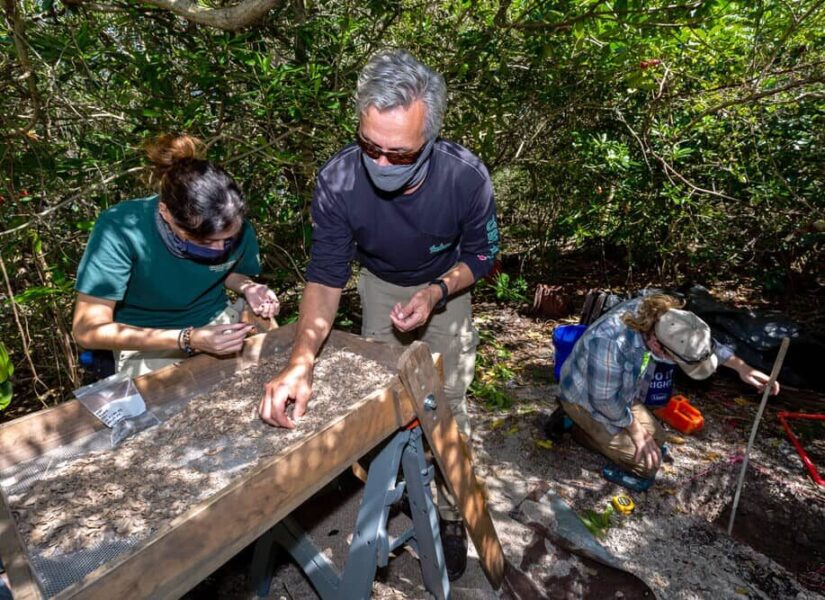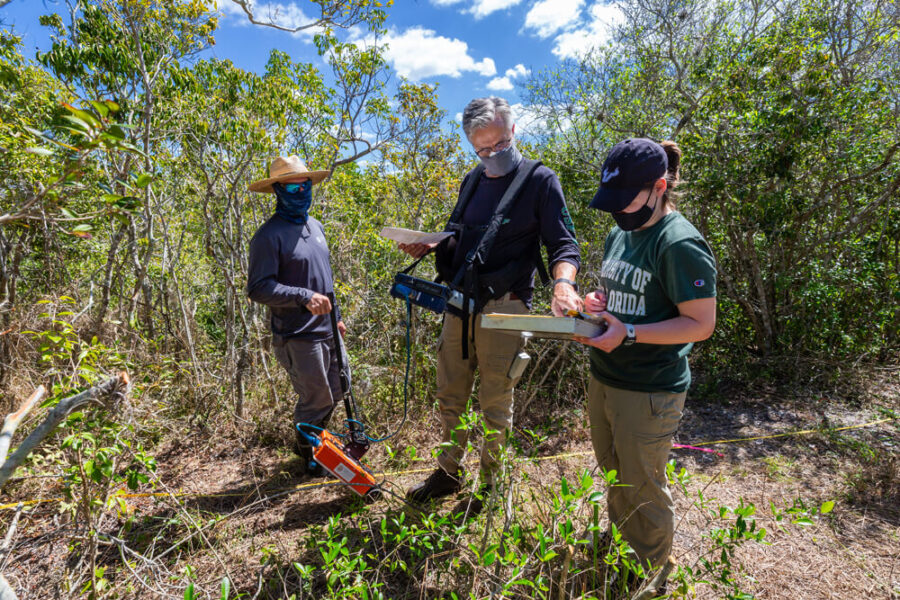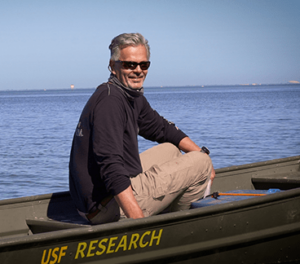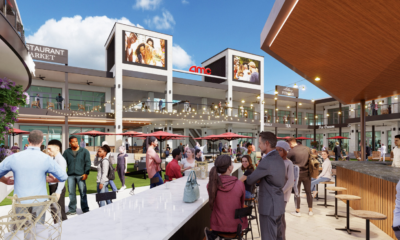Thrive
USF anthropologists return Indigenous remains

The University of South Florida Department of Anthropology is increasing efforts to return Native American remains to their ancestors, highlighting that Indigenous people are more than just a part of America’s past.
Thomas Pluckhahn, professor of Anthropology, realizes that archaeology often fails to highlight the still vibrant culture and presence of the nation’s first people. He is spearheading an effort to return the remains of hundreds of individuals collected over several decades to their rightful final resting places.
November is Native American Heritage Month, and Pluckhahn hopes the occasion and repatriation initiative will remind people that the tribes are still present and deserve respect.
“It’s been a long time coming,” said Pluckhahn. “And the tribes do appreciate it. It is a matter of righting a past injustice.”
USF has cataloged and curated the remains of over 200 people throughout the years. Pluckhahn said the university’s anthropology department was often a repository of last resort.
He explained that researchers and the public discovered many of the remains as the area developed. Previous USF anthropologists excavated some, while others come from local institutional collections – like the St. Petersburg Museum of History.
University officials cleared the main hurdle, said Pluckhahn, by completing the legalities necessary to establish ownership. Officials recently reburied some remains on protected land. While most are native to Florida, he said some are from Arkansas, Arizona and California. Anthropologists reached out to over 100 tribes as part of the initiative.
“The big task is Florida,” said Pluckhahn. “The Seminole Tribe of Florida is kind of taking the lead, and their wish is that the remains be reburied as close to the original locations as possible.”
Fulfilling that wish, explained Pluckhahn, creates a significant challenge.

Pluckhahn (center) and USF researchers utilize ground penetrating radar.
Anthropologists must bury the remains in a protected location to prevent future disturbances. However, he said it cannot be another archaeological site due to potentially unsettling other burials.
Since many of the bones came from construction sites, it is impossible to rebury remains in those locations. In addition, some of the original burial places remain unknown.
“People either just found them eroding out or maybe were doing some sort of illicit excavations,” added Pluckhahn. “Somehow, those got donated to us, either directly or indirectly.”
Pluckhahn said he could only think of one instance where a current faculty member excavated remains and other objects. Former USF anthropologists found some of the collection in the 1970s.
While the Seminole Tribe of Florida and the Seminole Nation of Oklahoma are heavily involved in the process, Pluckhahn said many are not.
He noted that some tribal governments lack the staffing and resources needed to exchange custody, while others refuse to have any contact with human remains. For example, USF received remains originally buried in Arizona’s Petrified Forest National Park from a private donation.
Pluckhahn relayed that the Hopi and Zuni tribes claim ancestry from that region, but cultural taboos prevent any association with human remains. He said anthropologists hope to resolve those issues through intermediaries, like park and museum officials.
The efforts are part of the National Graves Protection and Repatriation Act of 1990. It requires institutions receiving federal funding to inventory human remains and sacred funerary objects to consult with tribes on custody transfers.

USF Anthropology Professor Thomas Pluckhahn.
However, Pluckhahn said the legislation was ambiguous about what to do with items lacking a clear cultural affiliation. Authorities have since issued new guidelines, and under federal law, institutions must now consult with tribal leaders with ancestry claims where previously culturally unidentifiable remains originated.
“It took institutions a little while to kind of figure out how to handle it,” said Pluckhahn. “So, we kind of waited a little bit I guess, while we also tried to get our collections in a little better order.”
He added that the National Park Service reached out to USF and relayed that it was time for officials to comply with those orders. Pluckhahn said that kicked the initiative into “high gear.”
In a USF news release, Tina Marie Osceola, director of the Seminole Tribe of Florida’s Tribal Historic Preservation Office, said that she hopes efforts to right past wrongs help change society’s moral compass.
She said researchers should no longer collect Indigenous ancestral remains like fossils to line shelves.
“It’s not a feel-good moment or story for them,” noted Pluckhahn. “From their perspective, they should have never been excavated or removed.”







